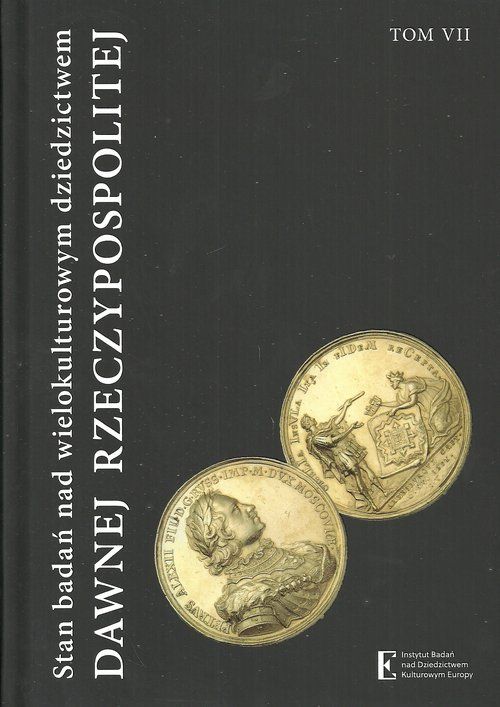Ustawienie walczących stron względem rzeki w bitwie pod Kircholmem w 1605 r.
Positions of the Fighting Troops with Regard to the River
during the Battle of Kirchholm in 1605
Author(s): Mariusz Balcerek
Subject(s): History
Published by: Instytut Badań nad Dziedzictwem Kulturowym Europy
Summary/Abstract: The text is an attempt to answer the question of positions of the troops ofthe Swedish king Charles IX and the Hetman of Lithuania Jan Karol Chodkiewiczin the Battle of Kirchholm with regard to the Daugava river. The analysisrefers to the fighting area, the march of Swedes, positions of both camps, theplace of crossing of the army of the Duke of Courland and Semigallia, Friedrich,and the course of the battle. This allowed to draw some conclusions.First, the Daugava river does not flow straight from the east to the westnear Kirchholm, but it changes its course. Just before the town it turns towardthe north west, and after Kirchholm it again flows straight to the west. Onthe map we can see the river curved towards the south. The neighborhood ofKirchholm and the battlefield are in the western part of the curve.Second, the Swedes were marching from Riga towards Kirchholm alongthe Daugava river. In the morning, they faced Kirchholm from the west, andlater entered the town. The center of Kirchholm was located on a hill, so thearmy of Charles IX occupied the hill. It is important that they had the Daugavariver on their right all the time, and were facing the east.Third, the army of Jan Karol Chodkiewicz set the camp by the river, eastof Kirchholm. The Hetman arranged his army so that its left wing was adjacentto the camp and faced the west.Fourth, the march of the Swedish troops along the Daugava river preventedthe troops of Friedrich, the Duke of Courland and Semigallia, from crossing itwest of Kirchholm. As a result, they had to cross the river east of Kirchholm,between the enemy armies.Fifth, as the Swedes left their original positions on the hill, they moved awayfrom the river, which changes its course there, curving towards north-west.Consequently, the army of Charles IX lost their protection of the river on theright flank, of which its enemies took advantage during the battle.
Book: Stan badań nad wielokulturowym dziedzictwem dawnej Rzeczypospolitej
- Page Range: 113-150
- Page Count: 37
- Publication Year: 2017
- Language: Polish
- Content File-PDF

